Report
A talk from a SPACE MAN
Apr 15
2010
by Lee Pullen
This is “Zone Camping”. Please, Sir, could you point me toward “Zone Five Star Hotel?”
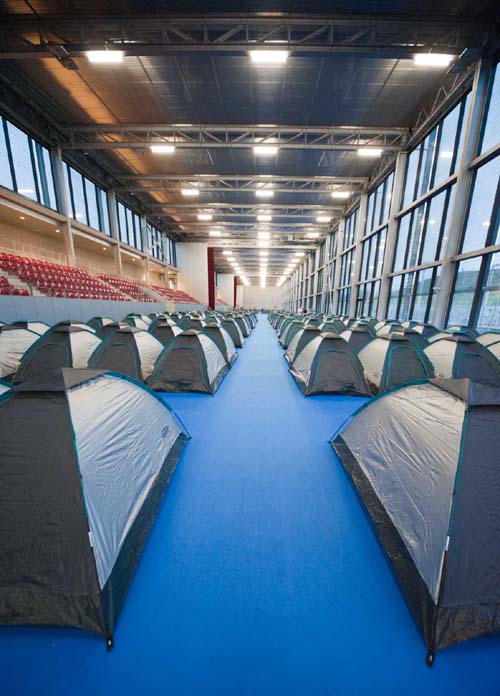
WELCOME TO PULLEN TOWERS.
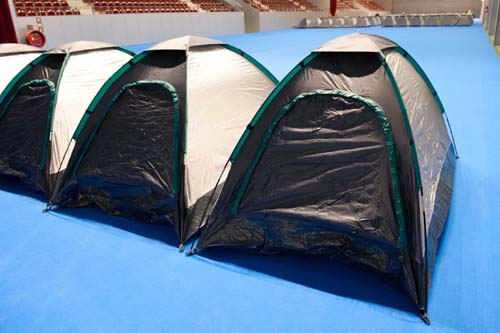
Highly trained astronomy communicators, like what we are, need a lot of food. So let’s find dinner.
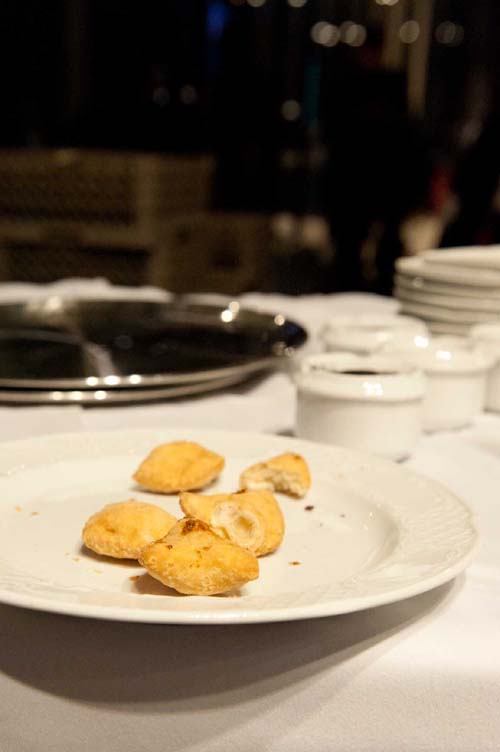
This was it. This was literally IT. Oana will confirm, and she’s actually trustworthy. Starvation rations. Prisoners get more. This must be a breach of human rights.
Hello Oana, working hard. And, alas, making me work hard as well. Note her precious life-sustaining biscuits on the elegant aquamarine footstool.

And onto the next day. The opening ceremony featured the Spanish Minister for Science and Innovation. This is what the Spanish Minister for Science and Innovation looks like:
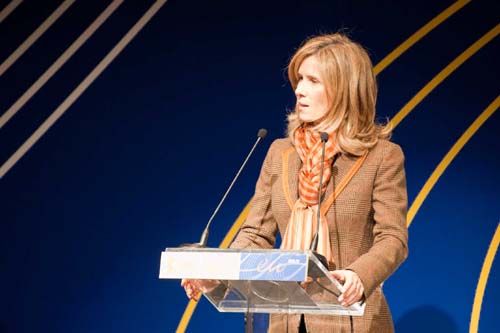
Now there’s actual content to report from. Oana will take notes and I’ll do the pictures. Then we’ll both write it up. That’s an arrangement I can live with, and the same goes for all of you.
This talk is from the dapperly dressed and snazzily named Jean Francois Clervoy, an astronaut from the European Space Agency. He boasted that on his last mission he took 8000 photos over 10 days. That’s nothing. Jean started by saying that 500 humans have flown into space 900 times during 250 flight missions. Based on his experiences, he says that life in space is like camping. Mate, if it’s anything like camping at Campus Party, you can count us out. But on a plus note, astronauts see 16 sunsets and 16 sunrises during 24 hours.
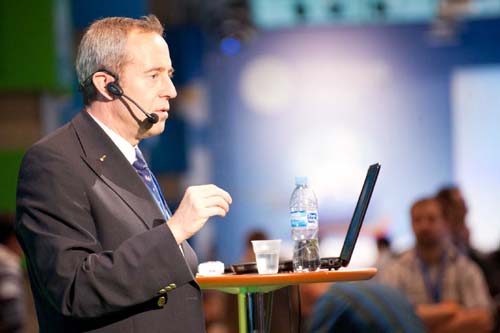
From sunsets to fear, as Jean stressed how space missions are scary because they are full of unknowns, so days are meticulously planned to give as much predictability as possible. He then talked about toilets, but Oana’s note-taking took a back-seat for reasons unknown. FOR SHAME. Meanwhile, this guy was lounging like he’s never lounged before:
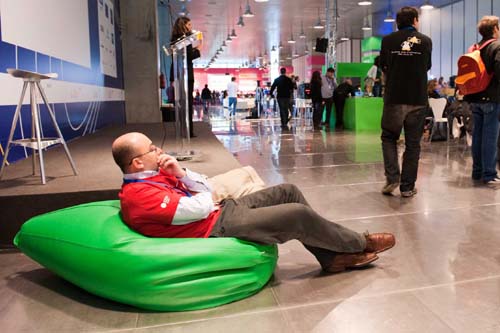
People are often interested in space tourism, so it’s good he mentioned this next. There is a big difference between orbital and sub-orbital flights, with the latter being much easier, cheaper, and more reliable. He didn’t say if one is more like camping than the other. “Budget” sub-orbital flights will cost in the region of $200,000, meaning it’s a small market. This limits the environmental impact of space tourism, for now at least. Breathe a sigh of relief. An alternative (albeit very hypothetical) is a space lift (or “elevator” if you prefer). Such a device would have to be built at the equator and rise 30 – 60,000 km into the sky – and beyond! A journey would take several days, and we can surmise that the novelty would wear thin very quickly. Environmentalists out there will be pleased to hear that a space lift would be very clean compared to current methods of space travel. (That’s rockets).
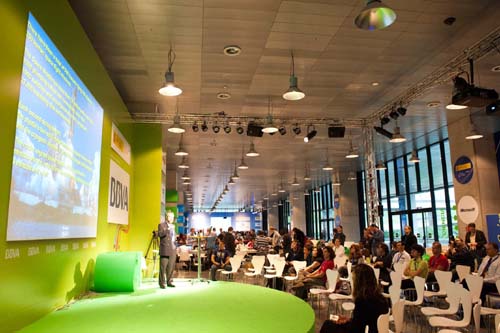
Space travel for common folk is filtering down in a kind-of-way as PhD students are able to send their experiments up to the International Space Station. Examples include “studying interactions between dust particles” (o-k...) and “levitation” (SUPER-COOL!) Here’s Oana asking a question (how dare she!) and getting very quizzical looks:

To close the speech, Jean suggested that Europe should open its own access to space. He guesses than in 30 years time we’ll be camped out on Mars, but it will have to be an international effort.
There’s no time for a humourous punchline, because we’re very very very hungry.
You need to be logged in to leave a comment







Comments